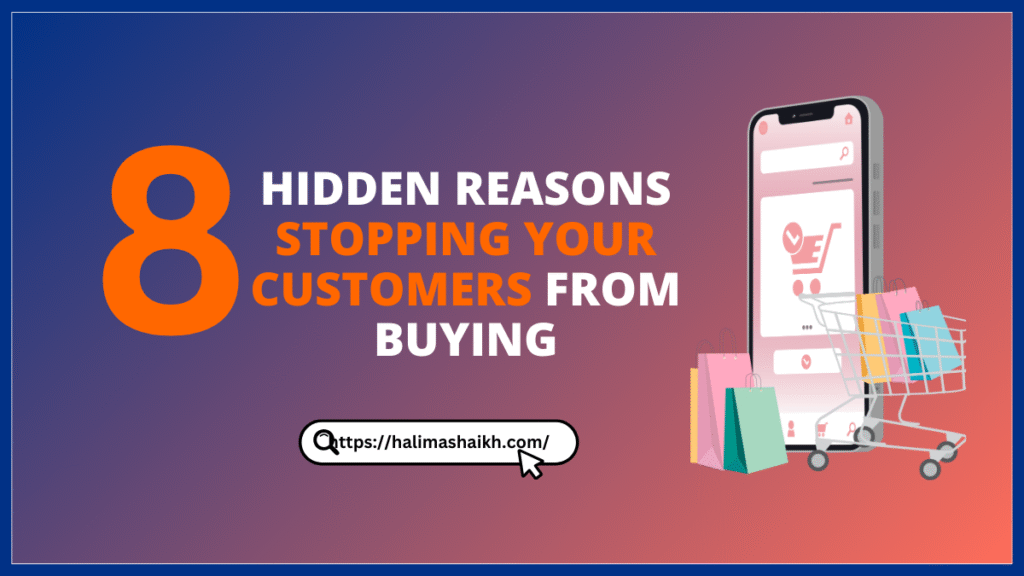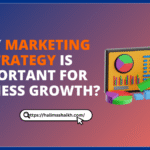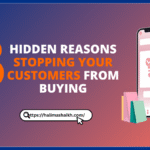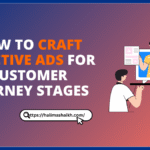Are you struggling to convert visitors into customers? You’re not alone! Many businesses face the same challenge, but the good news is there’s always a solution. In this blog post, we will break down the top eight reasons why people aren’t buying from you and how you can turn things around.
Why People Aren’t Buying: The Real Problem
Selling a product or service online isn’t just about offering something people want; it’s about how you present that offer. If your ads aren’t resonating with your target audience, it’s time to look closer at what could be going wrong.
1. Your Ad or Product Is Confusing and Complicated
A common mistake is not making your product’s value crystal clear. You might assume that your audience already knows the benefits of your product, but most people won’t dig deeper to figure it out themselves.
If your message doesn’t explain:
- What problem your product solves
- Why your product is better than the competition
You’re missing out on sales.
Example:
Let’s say you’re selling a fitness tracker, but your ad only mentions vague features like “tracks your steps” or “helps you stay fit.” People won’t connect with the product unless you explain how it directly benefits them, such as “helps you stay active by tracking your daily activity and motivating you with reminders.”
How to Fix It:
- Simplify your messaging.
- Clearly state the problem your product solves.
- Then, highlight how your product is the best solution.
Pro Tip:
Use testimonials, product demos, or comparison charts in your ads to show why your product is superior.
2. Your Ad Creative Is Not Conversion Optimized
Your ad design, visuals, and copy should work together to encourage a click. If your Click-Through Rate (CTR) is low, it’s a sign that your ad creative isn’t effective.
How to Identify the Problem:
Check your metrics. If your ad has a low CTR, meaning few people are clicking, you might have a creative problem. Your visuals might not be engaging, or your copy could be failing to grab attention.
Example:
If you’re selling a period cramps massager and your ad just shows the product with minimal explanation, it won’t spark interest.
Instead, you should show real-life scenarios, like how it provides relief during a tough day, and highlight its features, such as “Portable, rechargeable, and instant relief from cramps.”
How to Fix It:
Create visually compelling ads with a strong Call to Action (CTA). Use persuasive copy that directly tells your customer what they should do next, such as “Try it today for instant relief!”
Pro Tip:
Test different ad creatives to see what resonates best with your audience. Try using videos, GIFs, and testimonials in your ads to boost CTR.
3. Your Ad Doesn’t Show the Value, So Customers Think It Costs Too Much
If your audience doesn’t understand the value of your product, they will always feel that it’s overpriced. To overcome this, you need to clearly explain why your product is worth the price.
How to Show Value:
Highlight the features and benefits that make your product stand out. It’s not enough to say your product is “good quality.” You need to explain why and back it up with proof.
Example:
Suppose you’re selling a weight loss supplement, and your audience is hesitant about the price. Instead of just focusing on the price, showcase the unique features and benefits that make your product worth the investment.
Highlight features such as:
- Clinically proven ingredients that promote safe and sustainable weight loss
- Doctor-recommended formula for long-term health benefits
- 30-day money-back guarantee to ensure customer satisfaction
These benefits not only explain the value of your product but also help build trust with your audience. When customers see that your product is backed by scientific research, recommended by professionals, and comes with a guarantee, they’re more likely to feel confident in making a purchase, knowing they’re not taking a risk.







